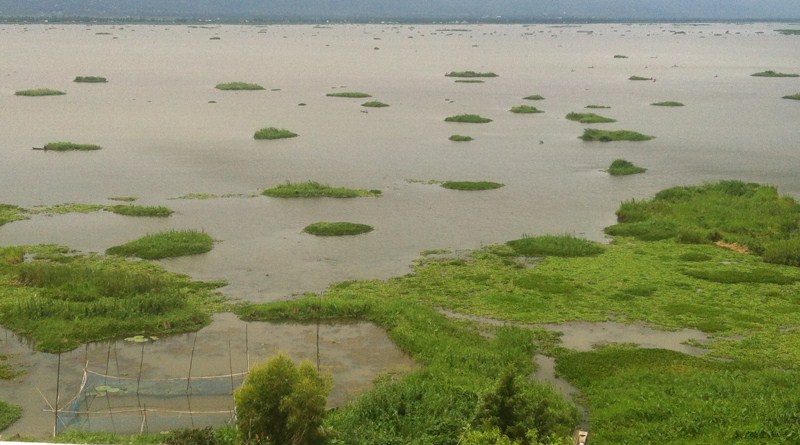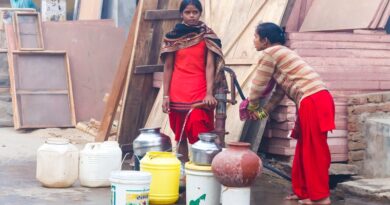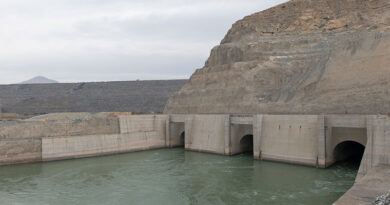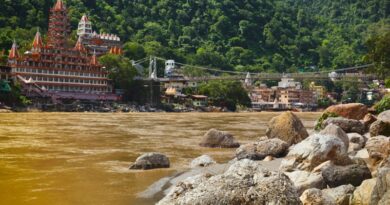Center moves ahead on exclusive body to manage North-East water resources

The Centre is moving ahead fast with a proposal to set up an exclusive water management authority for north-east India even as it is exploring a waterway connectivity grid linking the country’s eastern region with India’s South Asian neighbours.
The Centre has proposed setting up a North Eastern Water Management Authority (NEWMA), which will be the overall apex agency for developing all water and river-based projects in the region. The Authority will also be responsible for undertaking all conservation activities around the natural resource in the region.
Union Jal Shakti minister Gajendra Singh Shekhawat had recently presided over a meeting of the committee that is fine-tuning the draft bill on setting up the proposed Authority. The meeting was attended by the Union Water Secretary U P Singh chief ministers and water resources ministers of the north-eastern states.
A senior Government official said the Centre may table the proposed Bill in the next session of the Parliament. The headquarters of the proposed Authority is Guwahati in Assam. The north-eastern region, with abundant natural water bodies, spans across Assam, Arunachal Pradesh, Meghalaya, Manipur, Mizoram, Nagaland, Tripura and Sikkim.
It is proposed that the NEWMA be involved in implementation and monitoring of all hydro-power projects besides projects related to bio-diversity conservation, irrigation, flood control, inland waterways, forestry, fishery and eco-tourism in all north-eastern states.
The Centre is also keen to develop the under-utilised network of rivers and canals as an alternative mode of transport in the country’s larger eastern region.
According to news reports, the Union Shipping Ministry is looking to seek technical assistance grant to the tune of $70 million from the World Bank to build a transport connectivity grid linking waterways in the eastern region with its South Asian neighbours.
The Eastern Waterways Connectivity Transport Grid (EWaCTG) project aims to provide seamless connectivity between National Waterway-1 (NW-1) and NW-2 through the Indo-Bangladesh Protocol (IBP) routes.
It also seeks to develop an economic corridor of 4,200 km of waterways and coastal shipping for Uttar Pradesh, Bihar, Jharkhand, West Bengal and the North-Eastern States. The aim is to pave the way for the regional integration of five countries — India, Nepal, Bhutan, Bangladesh and Myanmar — in the South Asian region.
The Centre has been looking to utilise India’s abundant large water bodies including rivers for transportation purposes in this region.
Meanwhile, an annual report by the New Delhi-based Centre for Science and Environment (CSE) has stated that as many as 60 polluted river stretches based on biochemical oxygen demand have been identified in different northeastern states by the Central Pollution Control Board (CPCB).
Overall, more than 350 polluted river stretches across the country has been identified by the CPCB.
According to the latest State of India’s Environment annual report, which was released recently Rajasthan chief minister Ashok Gehlot, the polluted river stretches in the northeastern states are Bharalu, Basistha, Kolong, Boko and Kopili in Assam; Wahumkhrah, Umshyrpi, Waikhyrwi, Rawaka, Kmai-um, Um-Mynkseh, Umpai, Mynkseh and Sarbang in Meghalaya; Nambul and Kongba in Manipur; Chite in Mizioram; Dhansiri in Nagaland and Gumti in Tripura, the report said.
The discharge of industrial and mining effluent and dumping of waste have been identified as the major causes of pollution of these stretches, which are mostly located near towns and cities.
Many stretches of Assam, Meghalaya and Nagaland are highly polluted due to unscientific coal mining, the report said, adding that the source of pollution in the river stretches in Manipur, Mizoram, Nagaland and Tripura was sewage and in the case of Assam, it was sewage, industrial effluent and coal mining.
In Meghalaya, these stretched were polluted because of sewage and coal mining while in Arunachal Pradesh and Sikkim, there was comparatively clean water even as pollution in Manipur, Mizoram and Tripura is localised near urban areas.
More than 60 per cent of the country’s sewage is released into the streams and rivers untreated, with half of the rivers in the country being grossly polluted. The Ganga, Sabarmati and Yamuna rivers are among the most polluted ones in India.
The northeast region, which boasts of nearly 30 per cent of the country’s water resources besides a low population density, faces acute water shortage in many parts, the report added.



